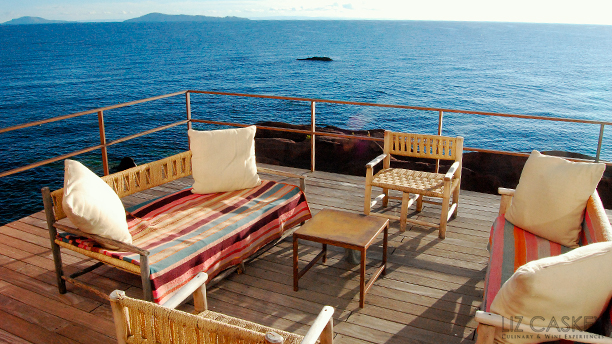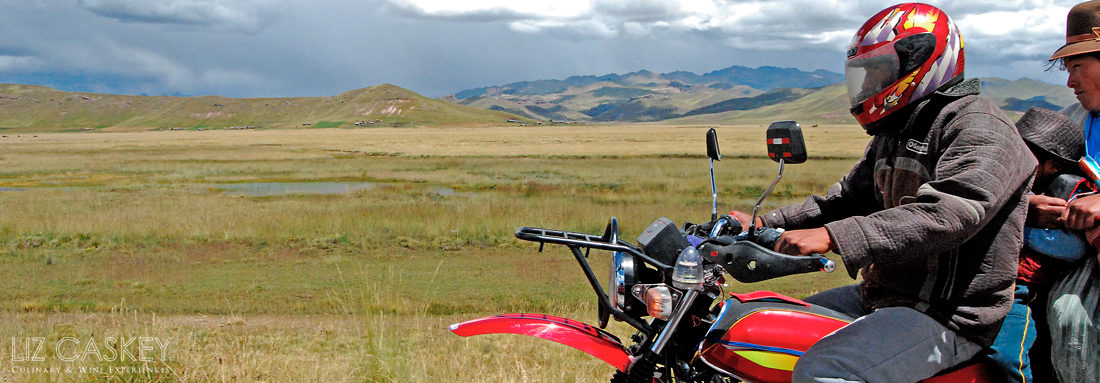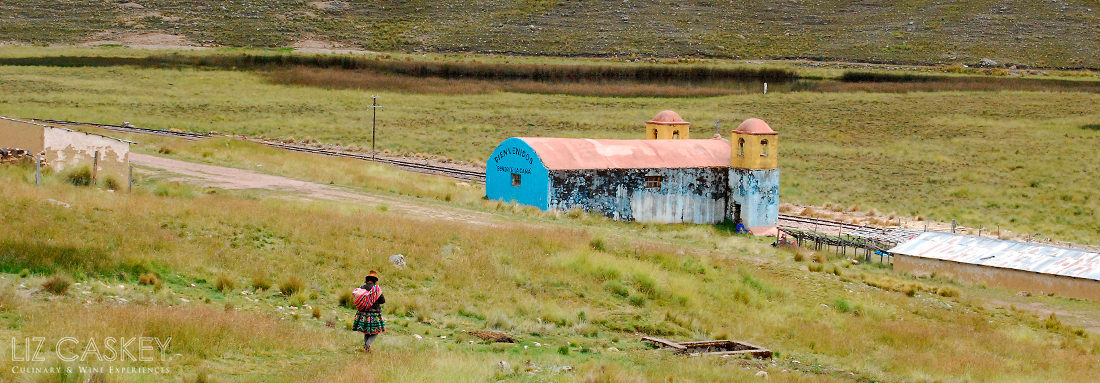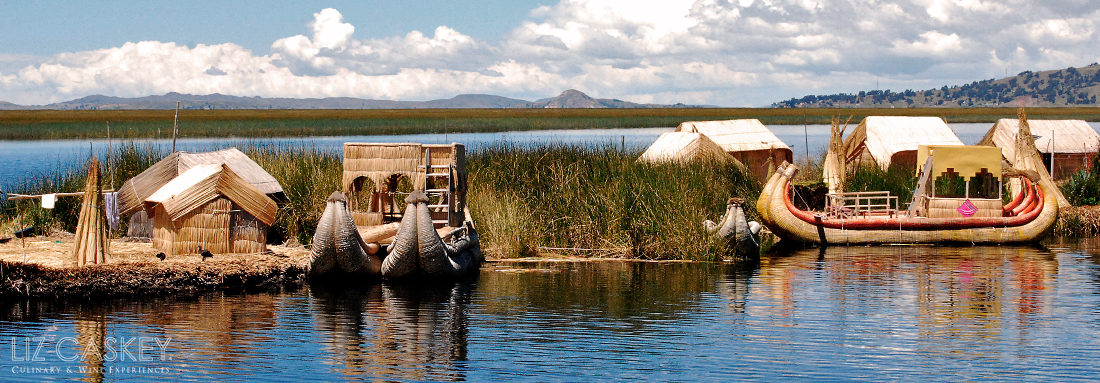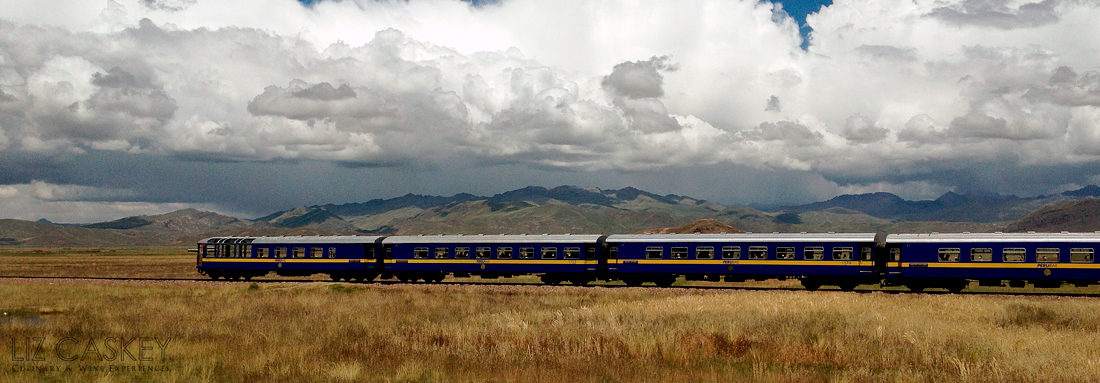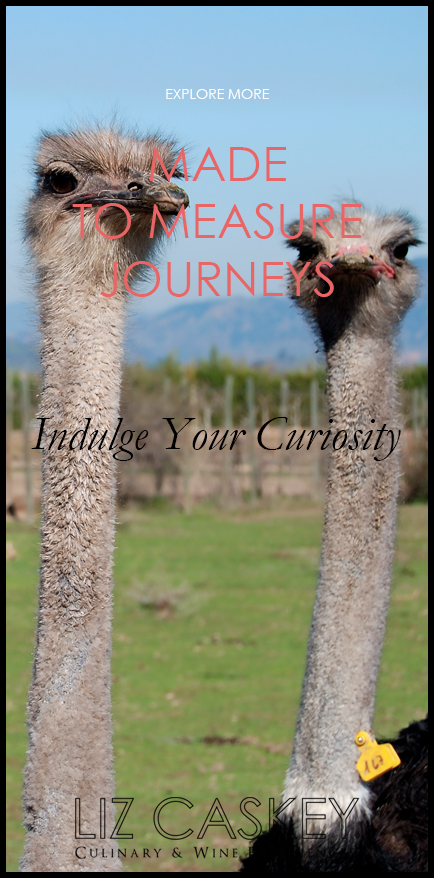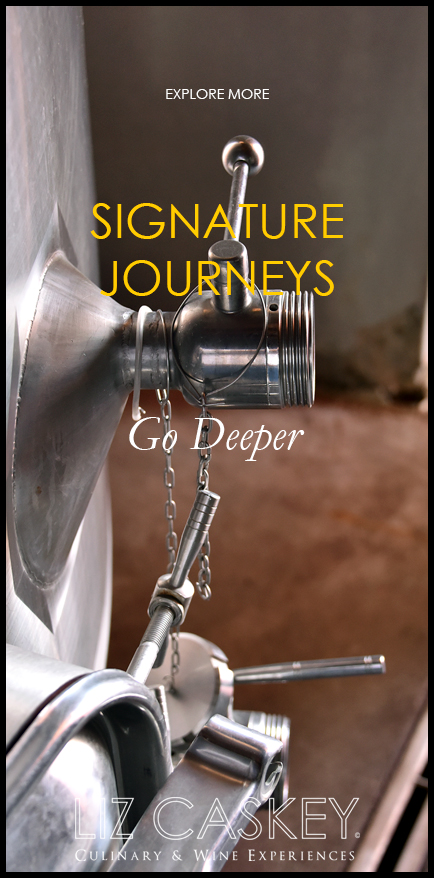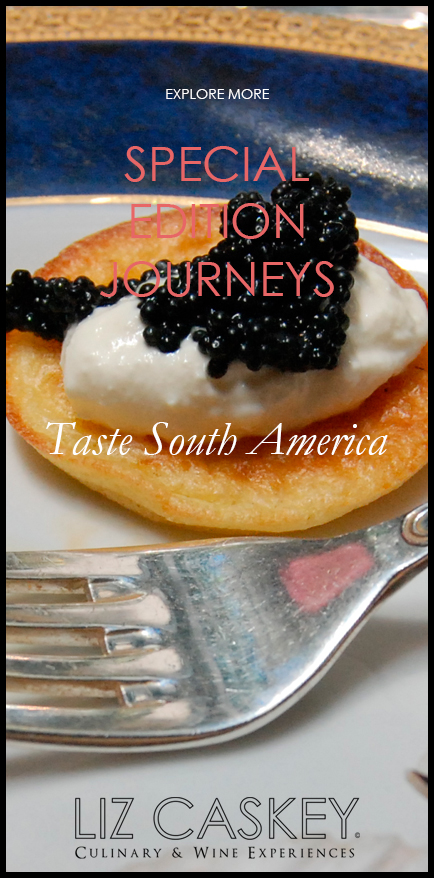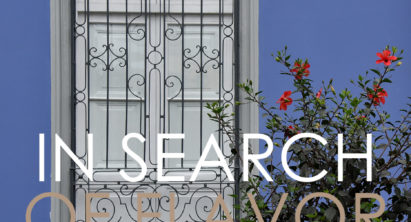Lake Titicaca & Southern Highlands
Stretching south from Cusco high into the Altiplano, the road passes Lake Titicaca and turns towards the southern city of Arequipa. This area of Peru is one of the most geographically diverse and also under-explored areas of the country.
Take the Andean Baroque route south where colonial churches are painted with ornate frescos. As you ascend into the altiplano, the air becomes thinner and the vegetation sparse with only fields of quinoa and lone cattle grazing. Lake Titicaca, the world’s highest navigable body of water has shimmering, azure waters that seem infinite as they blend into the open sky. Often believed to be the birthplace of the Incas, it’s home to many Aymara and traditional indigenous communities that keep the same rural way of life.
Further south is Arequipa, the second-largest city in Peru. Bathed in resplendent architecture with buildings constructed from white volcanic sillar stone, the “white city” looks unlike any other city in Peru. The majestic palaces and cathedrals are jaw-droppers, and certainly the spicy cuisine in the local picanterias will set your taste buds on fire. Arequipa is also the jumping off point to the Colca Canyon, a dramatic crevice that is an astonishing two miles deep (double the depth of the Grand Canyon) and home to the giant Andean condor, often spotted gliding through the valley.
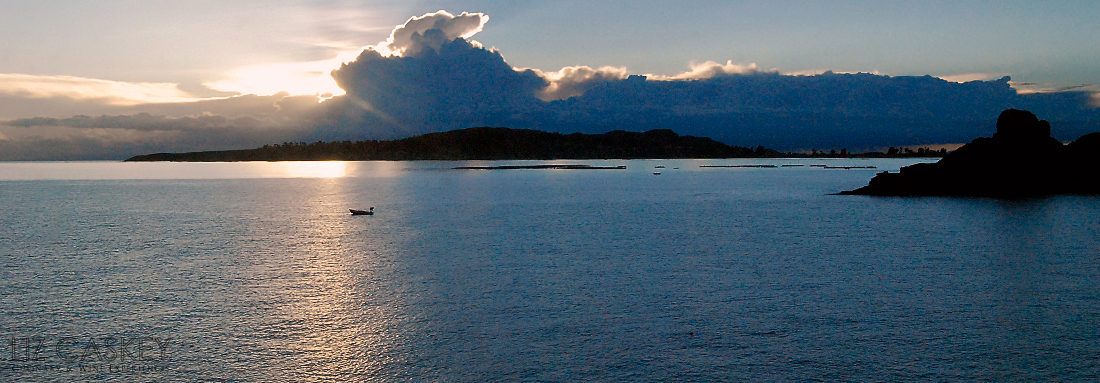
Ingredients
Embraced by volcanoes, the massive Misti, Pikchu Pikchu and Chachani mountains, this colonial city appears white since many buildings were crafted from smooth, white sillar stone, giving much of the city a uniform, pearly appearance. The architecture is regal and the Spanish colonial influence unmistakable with immense churches, courtyards, cobblestone streets, ornate fountains, and gardens in bloom. Arequipa also has a delightful climate and lower altitude with 300 days per year of sunshine and an average temperature 75 degrees Fahrenheit–year-round.
Things We Love

Spice It Up: Arequipa is the foodie cradle of Peru. The city’s emblematic picanterias are simple restaurants serving up stews and homey dishes that are laden with chilies. This city is all about the heat in the dish from the famous chupes (soups) to stuffed rocoto chilies and occasionally a refreshing side like the solterito de queso, a fava bean-corn salad with bitter olives. Dining in a picanteria is a total local experience. Most of them are run by women and recipes have been passed down generation to generation. Go with an empty stomach, an open mind, and a lot of cold beer to put out the flames.
Bewitching Beauty: Golden fields of corn and red swathes of quinoa. Prairies with green alfalfa grasses and grazing cattle. Mountains with “eternal ice” puncturing billowy clouds. The highest points reaching 14,000 feet have a barren, hostile landscape. The air is cold and thin. The sky is a deep azur, the light blue, and colors particularly vivid. It is the rooftop of the world where locals have rosy-colored cheeks and move with slow, deliberate movements. At night, the starry sky and galaxies feel so close that you could reach out and touch them. Bewitchingly beautiful.
Timeless Traditions: In nearly all the villages in southern Peru, locals wear traditional clothing that reflects their origin. There are two main ethnic groups: those that speak Quechua (the language of the Inca) and those that speak Aymara. Around Lake Titicaca, immerse yourself in their traditional Aymara ways of life that are mostly agricultural and tied to the land. Families grow potatoes, quinoa and vegetables on small plots. Many Aymaras are weaving families where the men knit or work looms and then women weave intricate designs by hand. Each weaving is a piece of art symbolic for the family and community. It’s a beautiful opportunity to experience their culture and way of life.
and the meaningful
Hotels

Cirqa
Located in the historic center of Arequipa, this swish new Relais & Chateaux property sits beside the San Agustín Church. A traditional parador, where monks would receive travelers with one-of-a-kind service and hearty cuisine, this exquisite eleven room hotel was meticulously restored with modernity and elegance. Clean lines and white walls are inspired by the architectural and ecclesiastical history that still defines Arequipa. With open spaces to enjoy the mild, sunshiny days, Cirqa is the perfect place to chill, explore the handsome whitewashed city, and savor spicy, refined cuisine.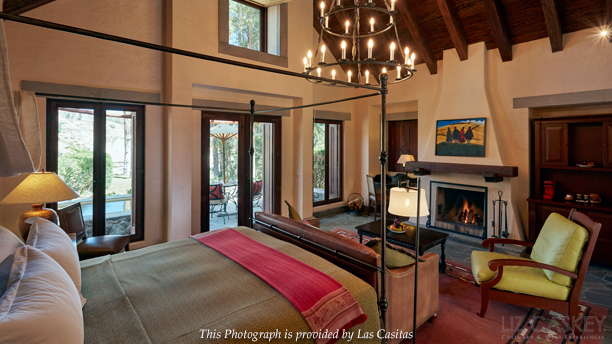
Las Casitas de Colca (Belmond)
Located in the remote Colca Canyon, these discreet casitas are set amid beautiful gardens encased by canyon walls. With an altitude of nearly 10,000 feet, evenings cool off so the cozy rooms have wood-burning fireplaces, heated stone floors, hot plunge pools on the private terraces, and hot water bottles between the bedsheets. During the day, get out into the canyon to visit villages stuck in time and catch a glimpse of traditional Quechuan life where men embroider and women work the land. Go on a heart-thumping hike where condors soar close overhead. Back at the hotel, the organic garden provides fresh ingredients for Andean cuisine from quinoa soup to stuffed peppers and, of course, grilled guinea pig.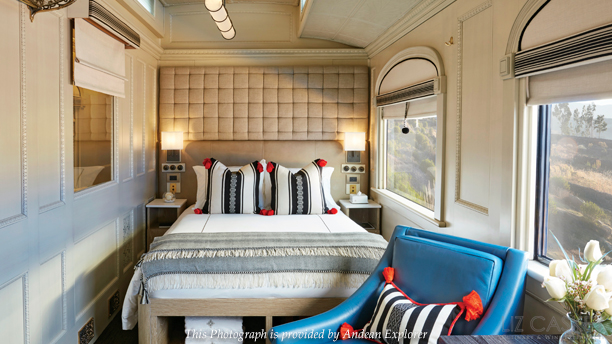
The Andean Explorer (Belmond)
The first sleeper train of its kind in South America from Belmond, take the scenic, and pampered, way to move from Arequipa or Cusco (or vice versa), stopping off in Lake Titicaca. Spanning three days (2 nights) in either direction, the train stops for excursions and while in motion, you can take in the stunning scenery. With only 24 cabins, and a staff to guest ratio of 1:1, the service and cuisine is splendid. The former chef of Astrid & Gaston in Lima is at the helm of each meal so dining is an exquisite affair. Cap off each night with a bajativo in the observation car.